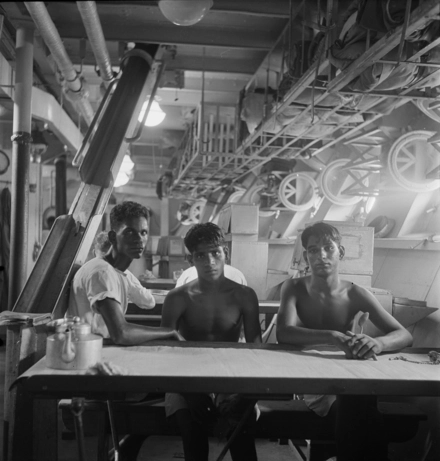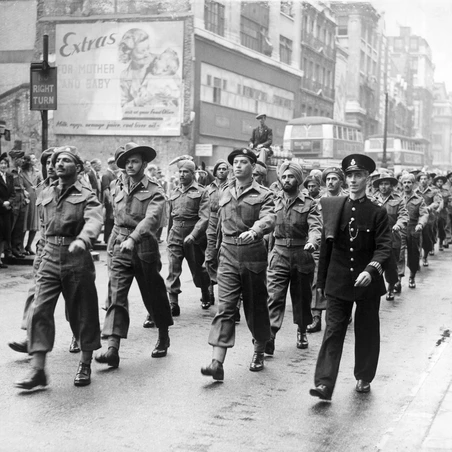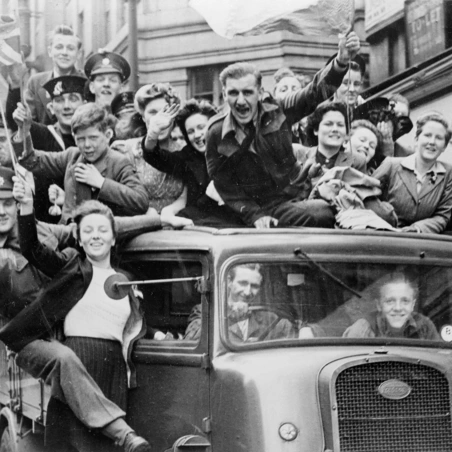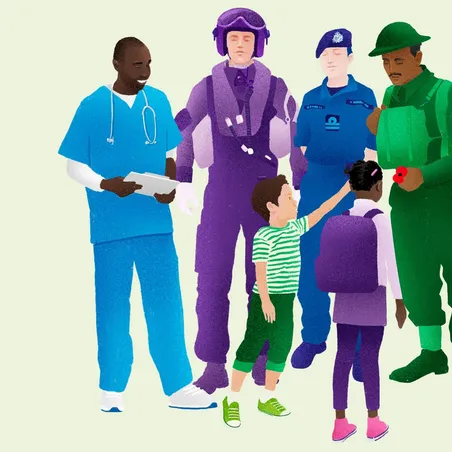

The long journey home
Even after VJ Day the distances many of these men and women had to travel from Asia and the Pacific back to Britain meant that there were servicemen and women, along with now released POWs, that would not return to Britain until 1946, to a nation trying to move on from the war.
Therefore, when British members of the Fourteenth Army returned to the UK after the war, many were explicitly told not to talk about ‘their’ war.
They were told that the war was over, that people wanted to look forward, and in any case the families to which they were returning had wartime experiences of their own.
For many, the war became their own personal history, not to be spoken about publicly.
For thousands of Far East POWs this was a particularly difficult experience.

140k
How were Japanese prisoners of war treated?
The Japanese treated these POWs, and civilian internees, with at best indifference and, at worst, considerable brutality.
They were forced into hard labour, many shipped in dangerous conditions to work in Japan. About 30,000 died in these conditions, a death rate of over 20%, seven times that experienced in German camps.
The reasons for this were born of a sense of superiority held by Japanese soldiers who failed to understand why British, Australian or American troops would willingly surrender rather than die for their country, as the Japanese soldiers believed was their duty.
This meant that POWs were subject to extremes of maltreatment that ranged from execution to deliberate starvation, beatings and summary punishment.
Death Railway
Major Basil Peacock, who was wounded and captured at Singapore, described the horrors of the railway:
“Men died of starvation, from the climate, exhaustion, accident, disease, and despair, and occasionally from personal assault.
“Diseases included dysentery, malarial fevers of all types, beri-beri, general toxaemia, sleeping sickness, jungle ulcers and hookworm. But the main killer was cholera.”
The grim conditions were not due to calculated cruelty except in certain incidents.Basil PeacockPOW captured at Singapore
The statistics were horrific. Major Peacock recalled that in early 1944, Chungkai camp in Thailand contained 9,712 prisoners – of these some 2,500 were desperately ill, and 5,000 sick or convalescing.
One third of the entire force sent to the River Kwai railway – 12,493 – died.
The reasons for the brutal treatment were more complicated than simple barbarism. The quality of the Japanese and Korean guards was poor.
Many thousands of civilian labourers – including large numbers of Malays, Thais and Tamils – also died in horrendous conditions, especially from the waves of deadly cholera that swept the region.







.jpg?sfvrsn=a011a3c8_2&method=CropCropArguments&width=452&height=452&Signature=0F20C09C5217E75F885E712BA65C8227FACA66F2)